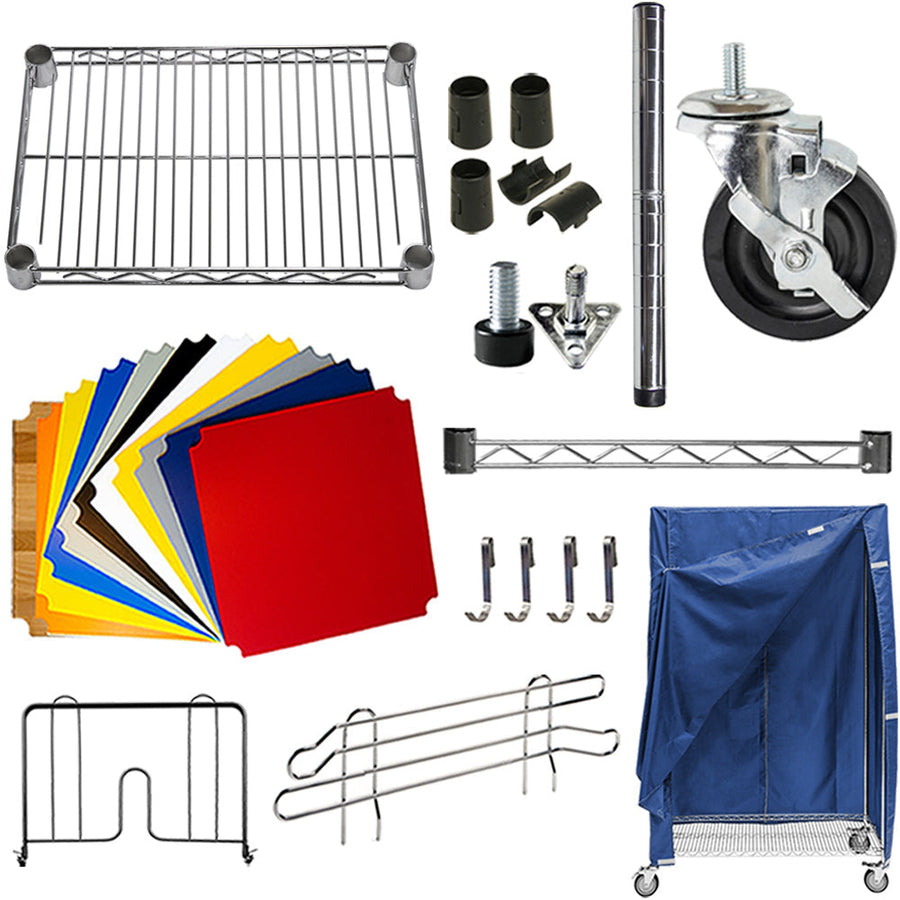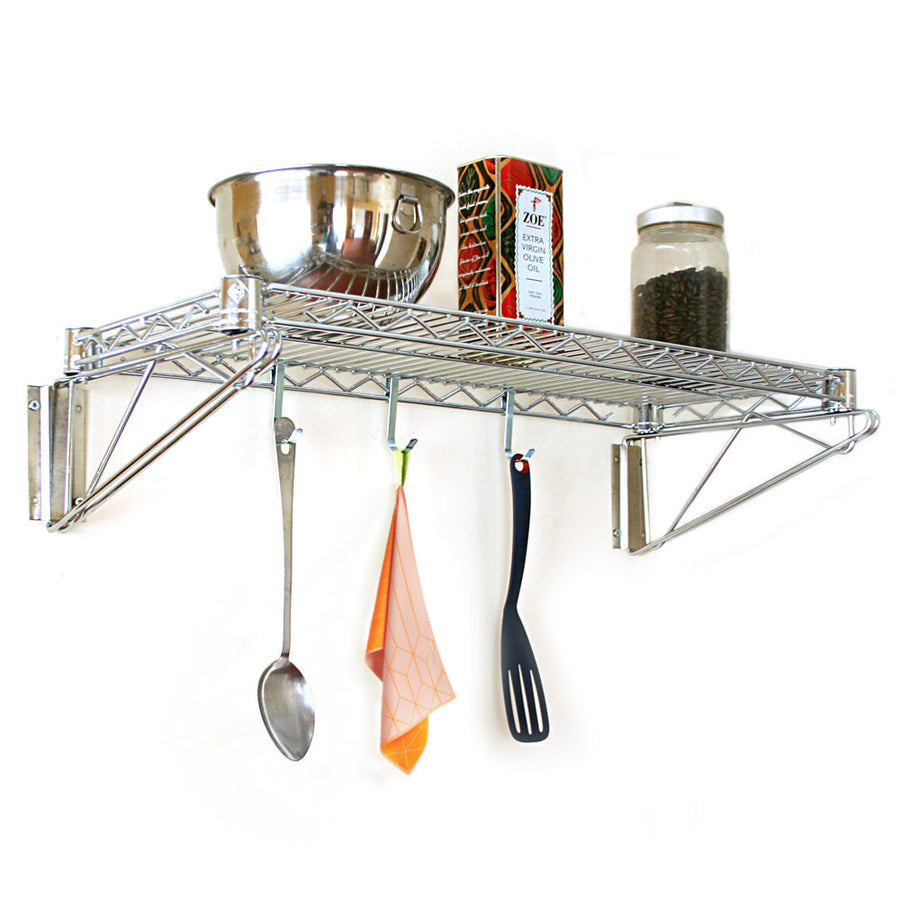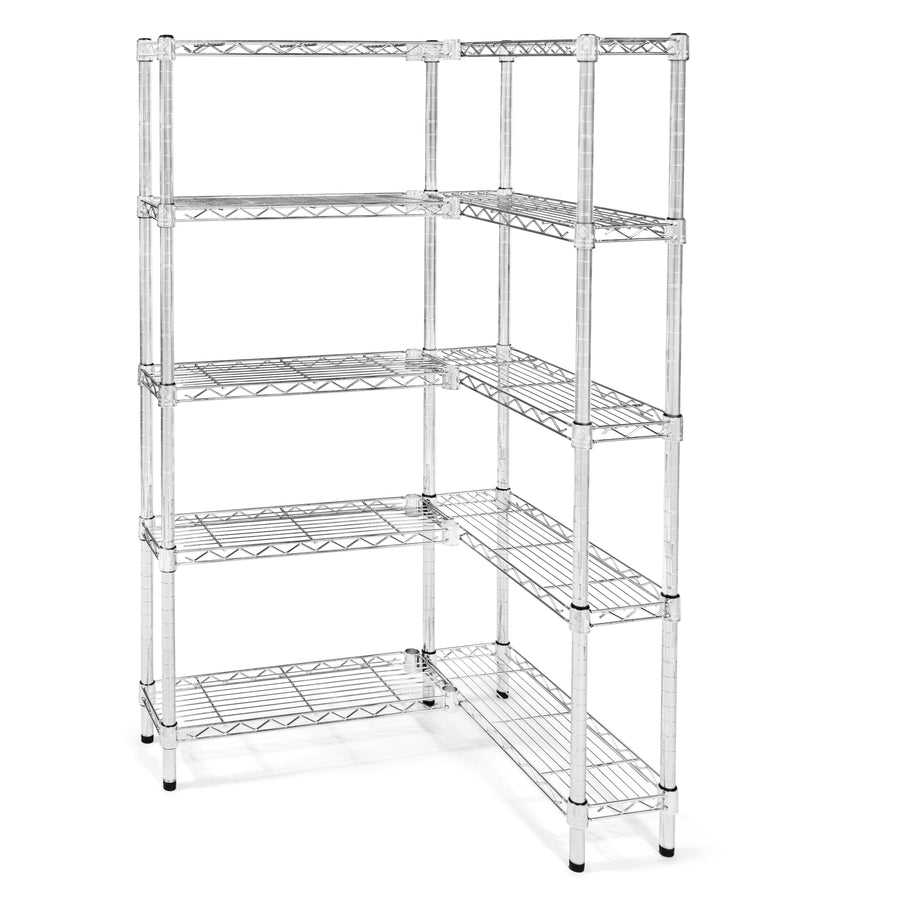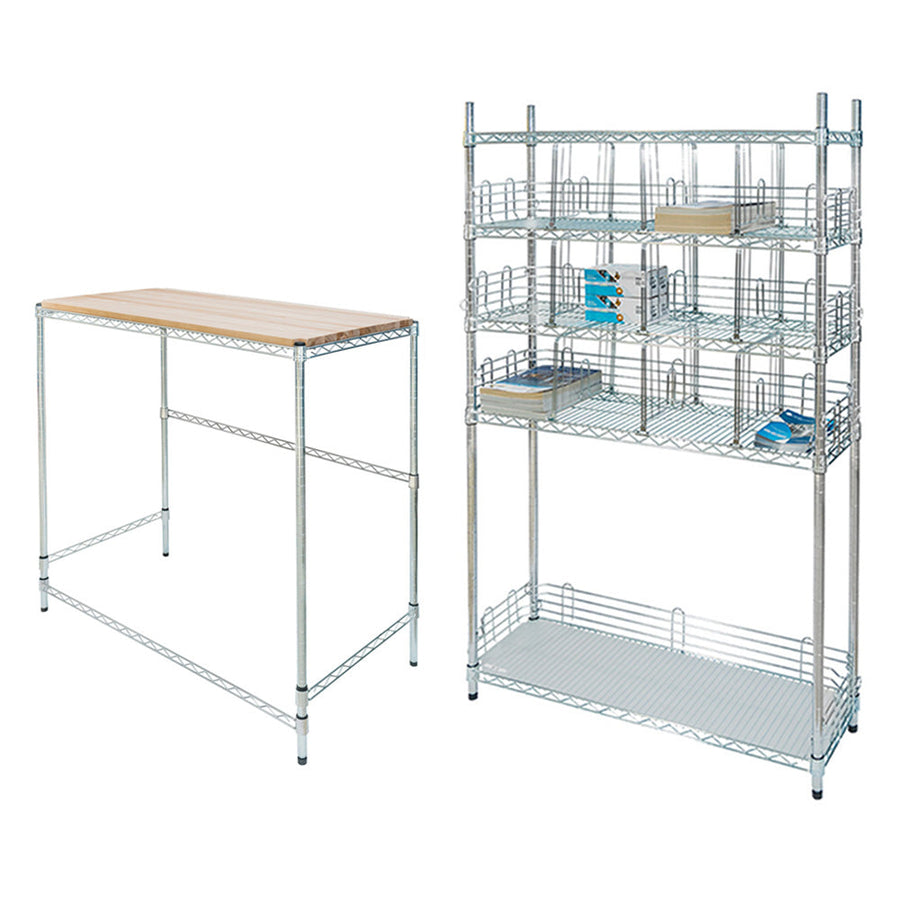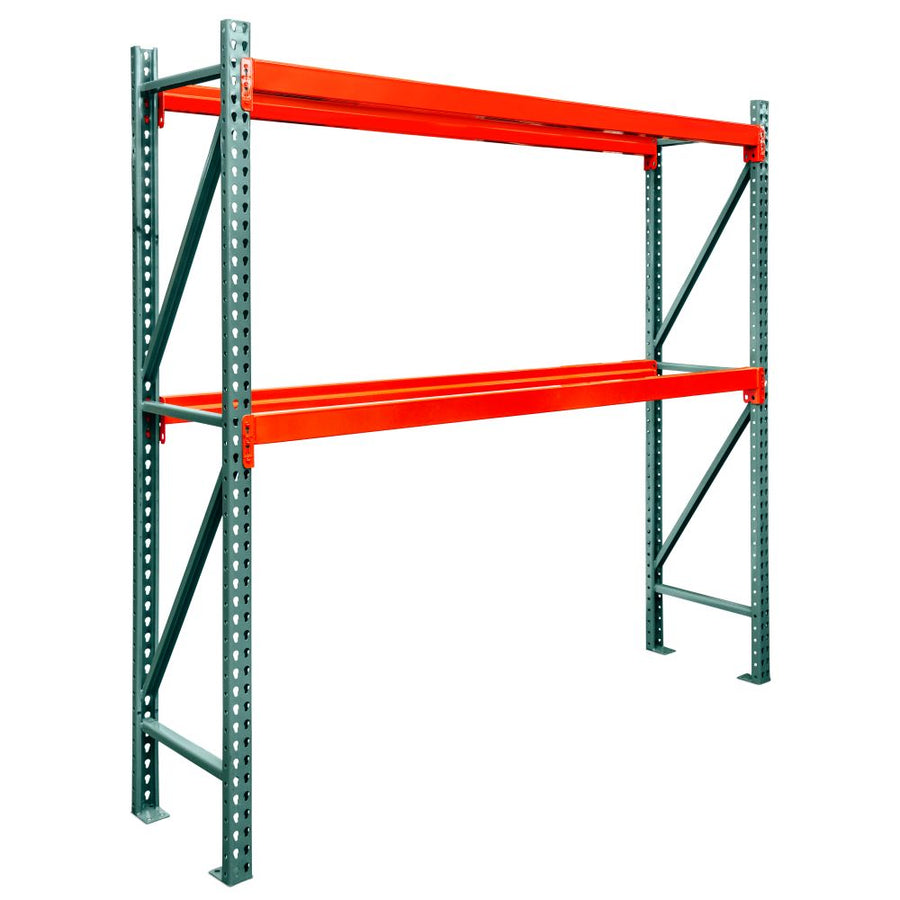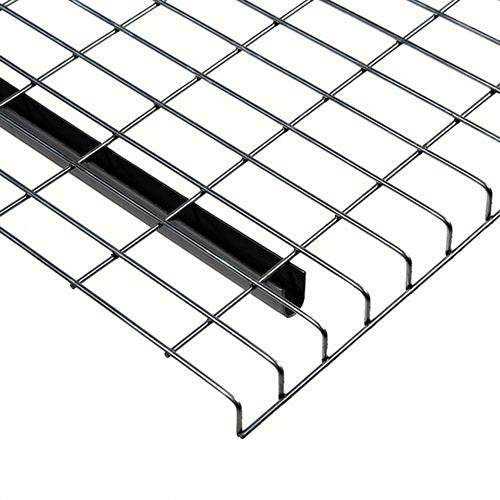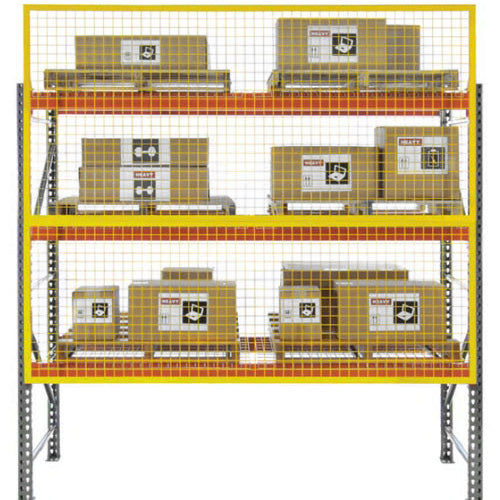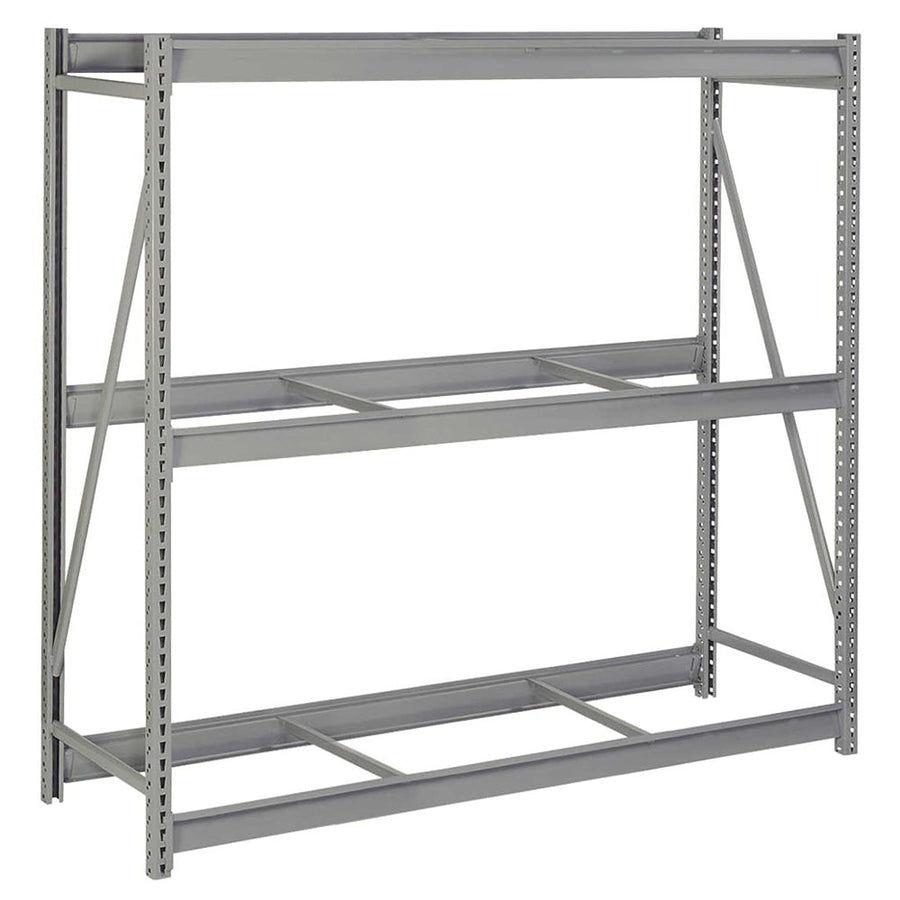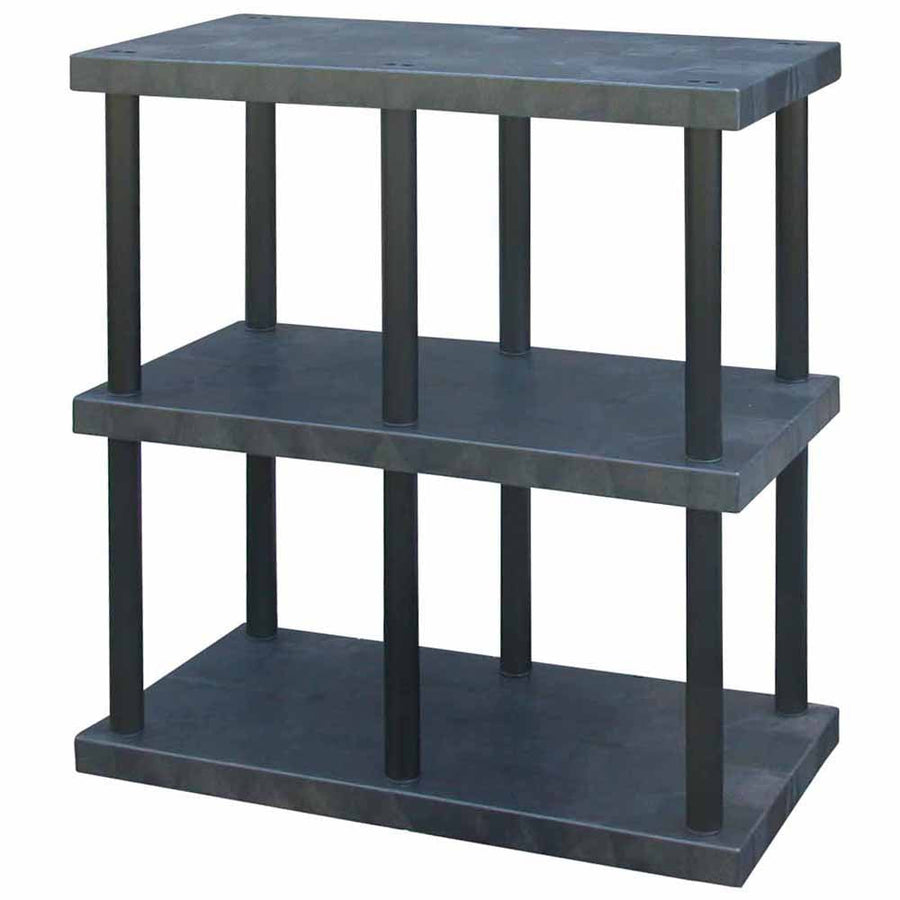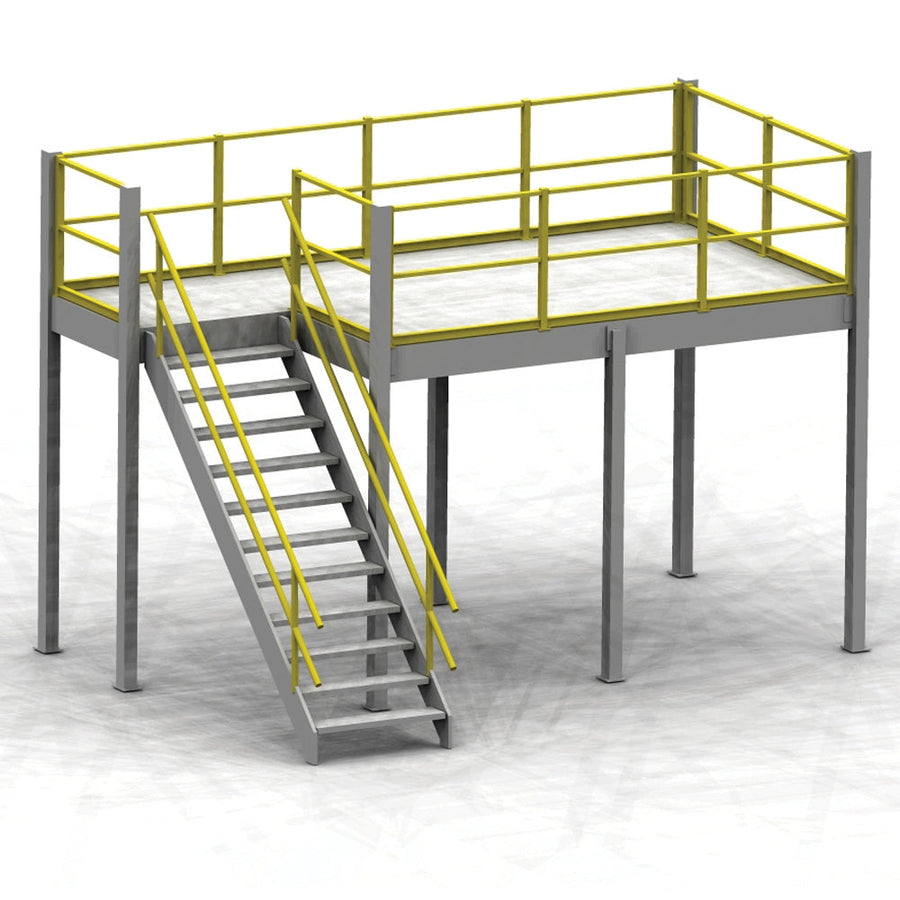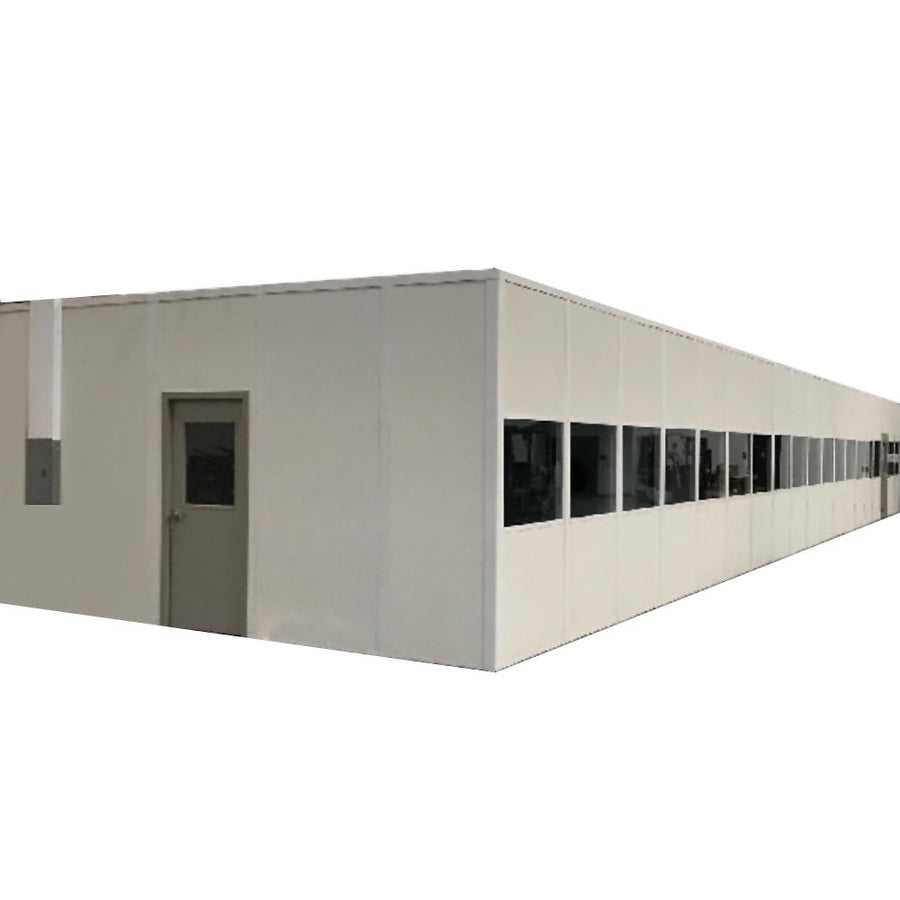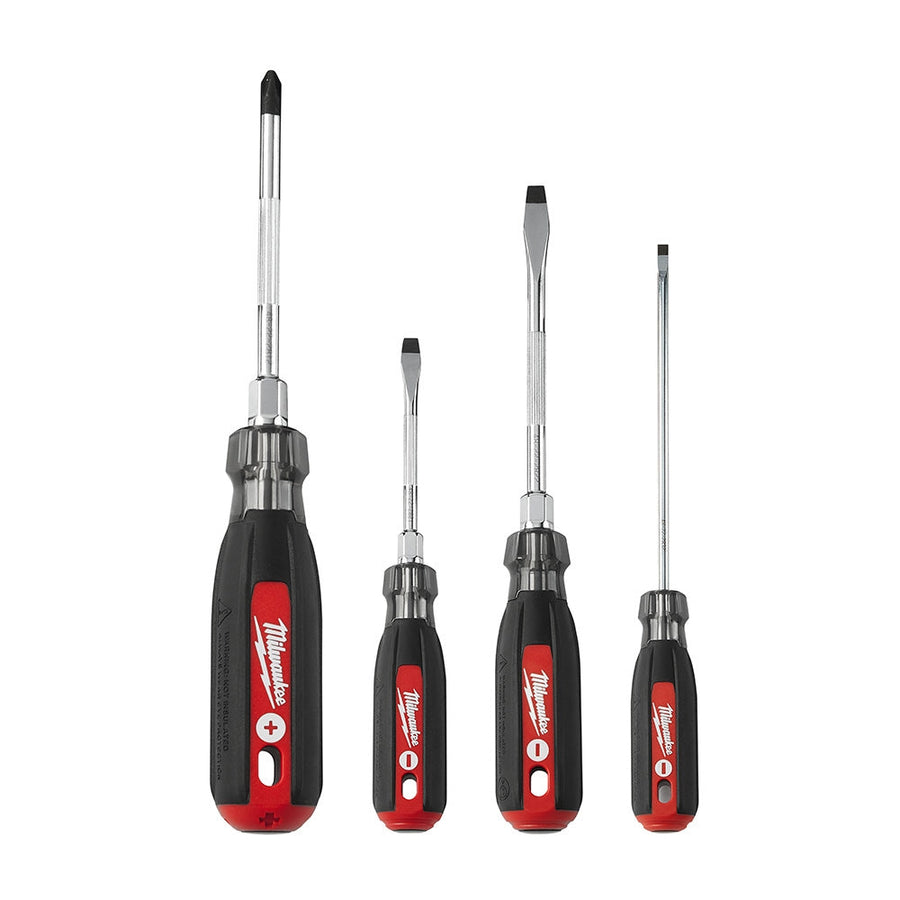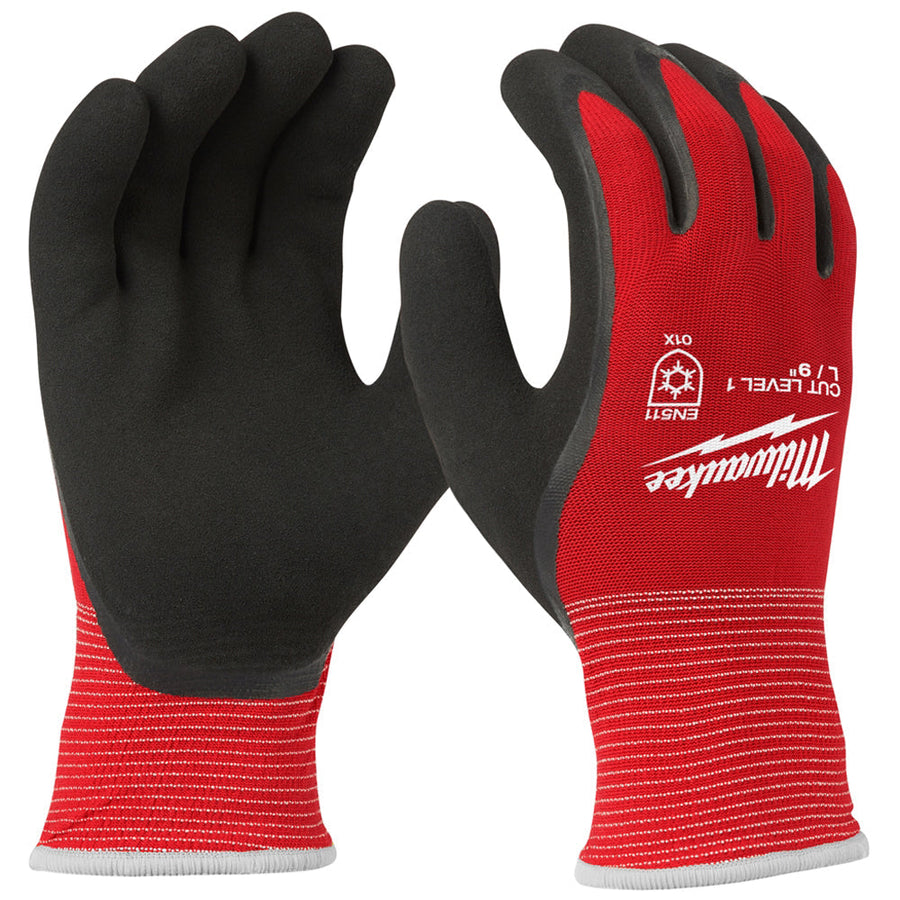Outgoing goods, and the storage thereof, are a fact of life for any warehouse - but the cost of storing and packaging these goods can add up quicker than you might expect.
Perishables, food items, consumer goods, the list goes on. Whatever you store at your warehouse, you’ve at various points needed to package these items for shipment, and find a way to store them before the shipment goes out. The supplies required for this storage can be costly and difficult to store in and of themselves, continuing to ramp up overall operational costs even for an item that may be considered secondary to other types of industrial storage, or even the specific goods your warehouse deals in.
In these times of increasingly green storage options and versatile packaging designs from various vendors, it can be easier than ever before to help reduce the cost of packaging- and shipping-related goods in your warehouse by packing smarter and using more effective packaging materials.
For example, you can cut down on a lot of costs by knowing exactly how you’re billed for shipments. Rather than the old method of billing by weight, most major logistics providers have started to factor in overall packaging size. If your warehouse only uses bulkier boxes for shipping, or tends to ship items with a lot of empty air inside them, you could be costing yourself a lot in the long run. Invest in smaller, lighter packaging such as smaller envelopes (for size-appropriate goods) and keep a variety of packaging sizes on hand to make sure you’re not spending too much to ship small goods.
Understanding what goods need what type of packaging can help as well. A lot of warehouses consider their shipping options to be a “one-size-fits-all” solution, and wind up using the same three box sizes to send everything out no matter what the situation calls for. Take a look at your average shipment size - that is, the goods you sell the most of, and how many items you need to put out in one shipment - and work backwards from there to see what size boxes and envelopes you should actually be investing in. This can stop you from sitting on a pile of unused boxes, costing you money, time, and space when the other boxes for your orders seem to be doing all the work.
Of course, packaging is more than just shipping the goods to their final destination. Packaging also involves the materials you use to store your goods on pallet racks and metal shelves while they’re still in your warehouse. Even if you don’t design the packaging of the end product (which is more often than not the case in warehouses that stock and ship goods), you need to have the right supplies to safely store the items while they’re there, such as plastic wrap and wooden pallets. This can help save you money in the long-term by making sure your goods aren’t damaged while in storage or transit, as improper packaging and handling is one of the most common causes of shrink.
By reviewing the amount and type of packaging you use both for outbound shipments and internal storage, you can work towards reducing your warehouse’s overall costs of operation and keep your goods safer on their way to the client.



